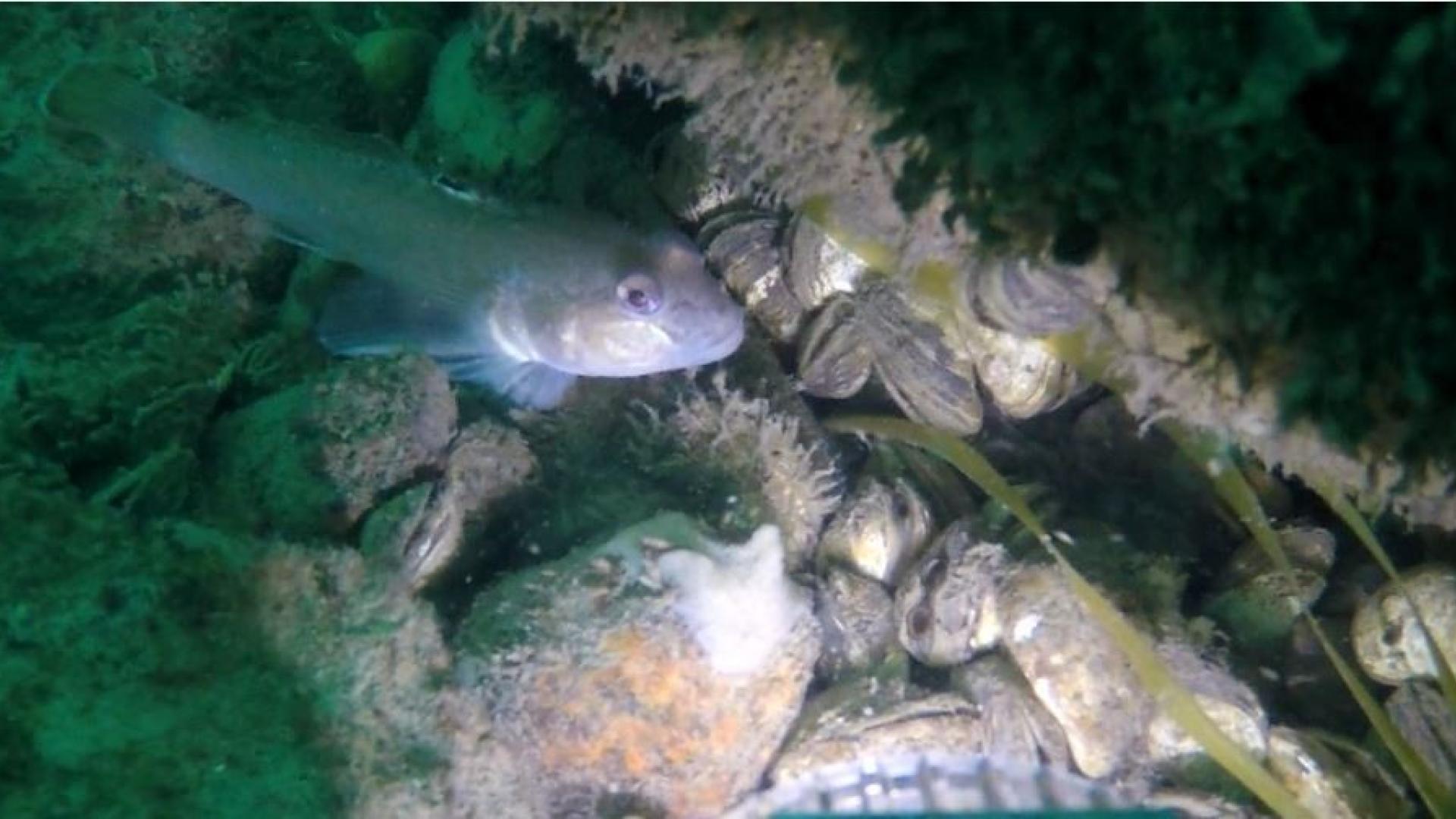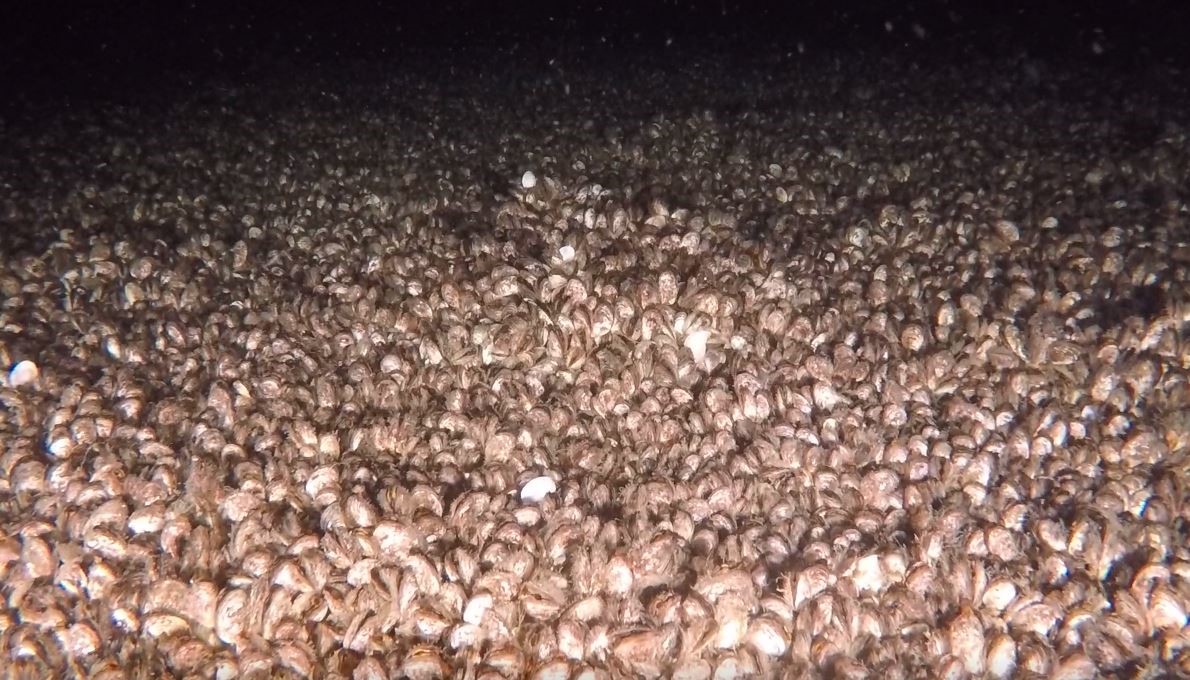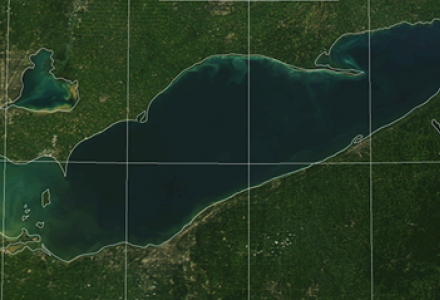
A pilot project by the US Environmental Protection Agency (EPA) to get more eyes on footage recorded at the bottom of the Great Lakes has shown promise, as viewers help pick out sightings of invasive species and provide some basic geological identification.
Dubbed the Deep Lake Explorer, the project takes hundreds of hours of video recorded by EPA through its National Coastal Condition Assessment (which includes the Great Lakes) of the nearshore floor of the lakes, reduces it into smaller chunks and posts those online at the Zooniverse website. From there, users can watch the videos and indicate what they see in them, said Molly Wick, an Oak Ridge Institute for Science and Education (ORISE) Fellow working with EPA on the project.
An initial load of 700 video clips were posted in July, and thanks to the crowdsourced nature of the project, Wick said they had all been analyzed within two weeks with input from large numbers of people. Another batch of clips is set to go live for analysis this fall on the project’s Zooniverse page.
Traditional sampling – which involves grabbing and pulling up chunks of sediment – can’t provide information on habitat and fish species and behavior, and is more expensive than dropping in cameras, Wick explained. By combining grab samples and videos, scientists can fill in data gaps for habitat, fish populations, behavior and abundance, such as just how many mussels have settled into a specific area of the Great Lakes.

Wick said that through the assessment, EPA had collected about 1,000 videos in 2010 and 2015 of the bottom of the lakes. The video quality was mixed due to differing water conditions and techniques for filming, but the hope was to use these to see the amount of vegetation and invasive quagga and zebra mussels on the lake bottom, as well as to note fish that enter the frame. Due to the semi-subjective nature of the analysis work, it was important to get multiple video reviewers.
“From our own analyses, we found that it’s always better to have several people look at them and agree on what they’re seeing,” Wick said. “That’s where the crowdsourcing idea came from.”
Since paying multiple scientists to do that would get costly and time consuming for many videos at a time, Wick said it made sense to try and see if it would be viable to get people online to help. For the first batch of video clips, about 500 people signed up.
In the first batch from July, 10 people would review each video clip and indicate whether they saw specific invasive species in the clip – a round goby, or a zebra or quagga mussel – and mark that down. If there was a broad consensus among reviewers, then Wick said the staff would feel pretty confident that everybody saw, for example, a round goby. If there was less of a consensus among volunteer reviewers, the video would be flagged for staff review. Volunteer reviewers also could comment on what they found interesting, allowing for interaction between the Deep Lake Explorer team and the crowdsourcing contributors.
Going forward, Wick said there is the potential to ask more in-depth questions of volunteers, such as presence of nuisance algae, litter and the percentage of floor space taken up by invasive mussels.
In the long run, the project has shown that crowdsourcing can be useful for gathering the kind of data that can refine automated identification systems. These automated programs typically require a lot of identified footage before they can begin to be useful.
“Being able to do that with crowdsourcing is a way to eliminate the need for a scientist to go in and label hundreds of thousands of videos or photos themselves,” Wick said.
To sign up to review a video or become involved, go to the Deep Lakes Explorer page on Zooniverse. You do not need a background in the subject matter, Wick said – the site includes a tutorial.


Kevin Bunch is a writer-communications specialist at the IJC’s US Section office in Washington, D.C.




